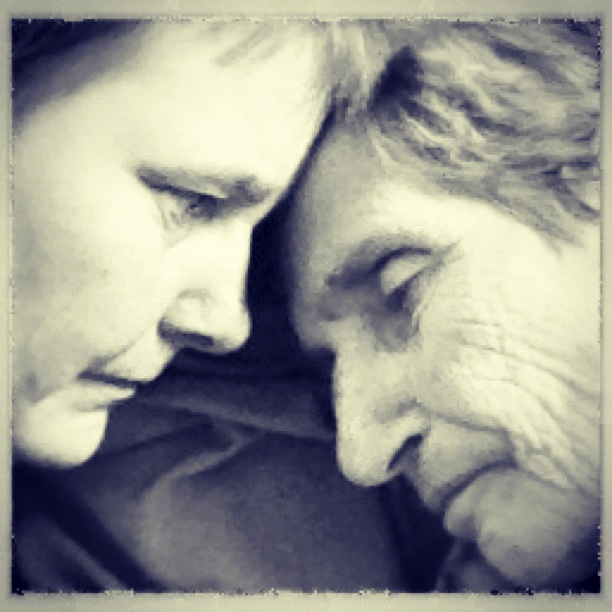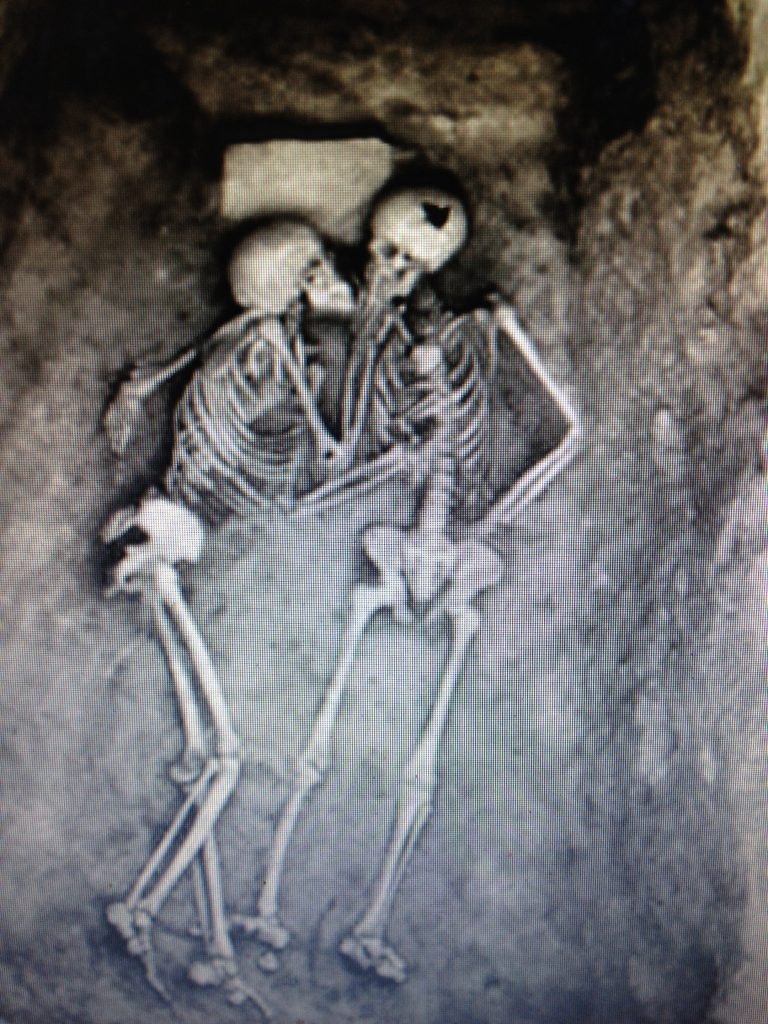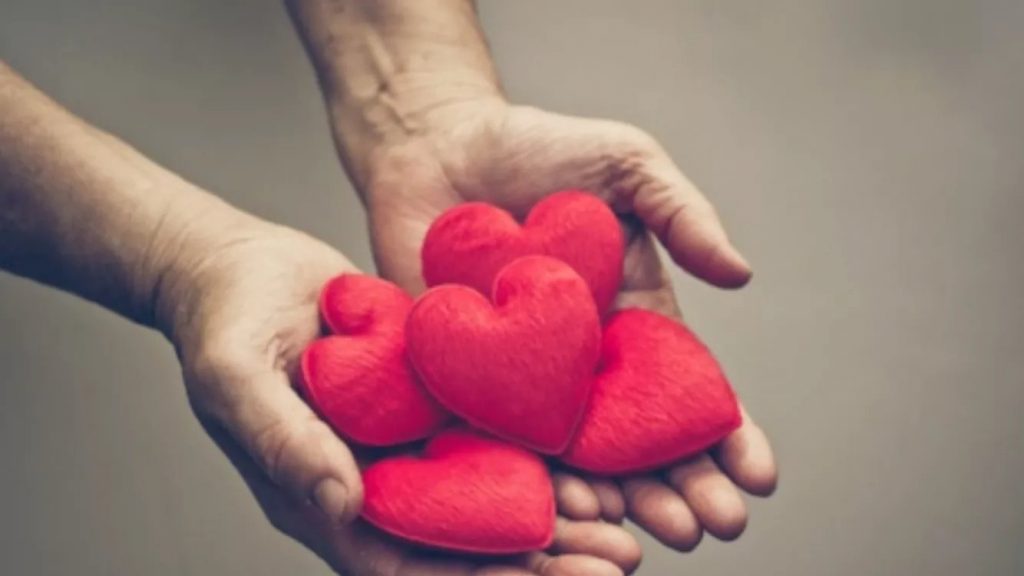There are never any tears. . .
There is no sense of loss. . .
There isn’t any sadness. . .
“GRIEF” and “BEREAVEMENT” don’t exist
U N L E S S
There is a LOVE greater than all of these things together
that even makes the tears possible. . .
Losing a Loved One Can Be
Life-Threatening
Grief can exact a heavy toll on a person’s health. People are more likely to die when they’re in mourning than in ordinary times, a phenomenon that’s so well known it has its own name in scientific literature: the “widowhood effect.” That’s partly due to the negative changes that can affect the heart during mourning. Grief activates the nervous system, including the part that triggers the body’s “flight or fight” response—which, when it’s over-stimulated, has been linked to heart failure.
Now, a study published July 6 in JACC: Heart Failure adds to the evidence that losing a loved one isn’t just painful: it can also be life-threatening. Researchers reviewed health and family data from national databases for about 491,000 Swedish patients with heart failure between 1987 and 2018, who were followed for about four years on average. People who had lost a family member were significantly more likely to die over that time period compared to people who had not lost a loved one, and the riskiest time by far was the week after the loss.
Most of these deaths during bereavement were due to heart failure (although bereavement was most closely associated with an increase in so-called “unnatural” deaths like suicide). People were at higher risk for dying of heart failure when someone very close to them died. The death of a spouse or partner increased the risk by 20%, the death of a child by 10%, and the death of a sibling by 13%, although the loss of a parent did not increase the risk of death. The risk was especially high for people who endured two losses during the period studied—a 35% increased risk, compared to 28% for a single loss.



